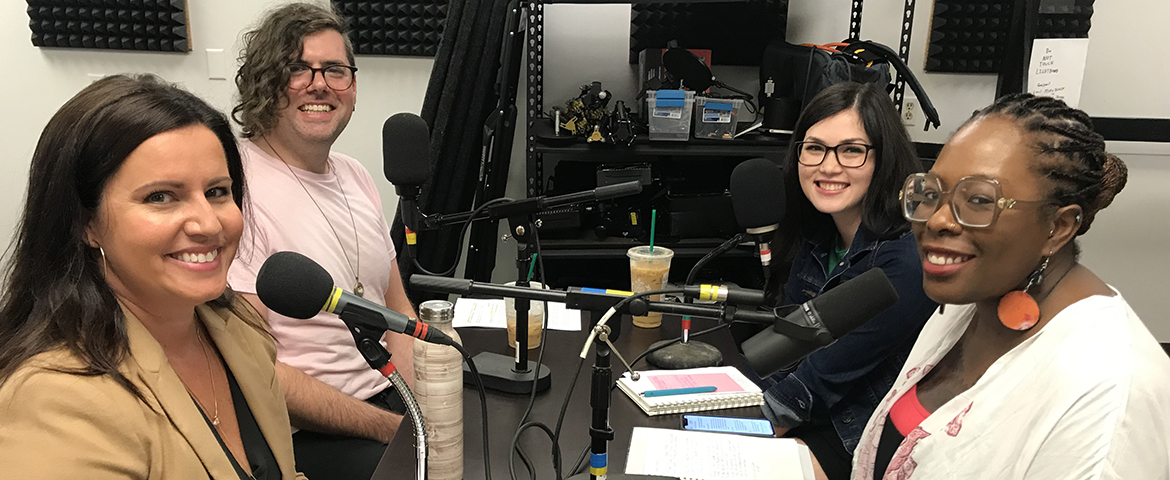Currently Reading:
Diversity Center Alumni: Self-care and Healing
Diversity Center Alumni: Self-care and Healing

Image: From left: Jennifer Maliska-Warwick ’02, Kolby Harvey ’08 and Malia Oshiro Lee ’13 sit down with Angie Hambrick, PLU’s Associate Vice President of Diversity, Justice and Sustainability, to discuss the importance of real self-care.
By Thomas Kyle-Milward
Marketing & Communication
TACOMA, WASH. (Dec. 12, 2019) — Angie Hambrick, PLU's Associate Vice President of Diversity, Justice and Sustainability, has a conversation with Dr. Kolby Harvey '08, Malia Oshiro Lee ’13 and Jennifer Maliska-Warwick '02 about the myths, stigmas and misconceptions about self-care — and why we need to practice it.
The group first discussed the complexities of self-care, and the tools each uses to practice it. Lee, who is an English teacher, talked about how self-care is something she only recently has leaned into — and that prioritizing alone time, verbalizing needs and being creative have helped center her. Maliska-Warwick, a clinical social worker, explained about how in her line of work self-care is often “prescribed” after a patient has dealt with trauma, etc. — and emphasized that making self-care a habit before getting to that point is a must. Harvey, a freelance author and graphic designer, brought up how depleting grad school was for him and the changes he’s made afterward — shifting his outlook on self-care, devoting time and energy to it and making it a long-term commitment.
From there, the conversation moved to performative self-care: as the term has become more mainstream, it’s become more of a “hashtag,” something that’s displayed on social media and done almost more as an outward-facing display than an internal, real experience. The group agreed that self-care is more than a pretty picture of a bubble bath, it’s often messy work that isn’t fun or a “treat” for oneself. Maliska-Warwick pointed out that displaying self-care takes the “self” out of “self-care”: asking for validation from others invalidates the entire process.
“Busy culture,” or the basing of someone’s worth or productivity off of how busy they are. Hambrick asked for counter-narratives to this kind of culture, which she said indicates to her a lack of self-care. Lee talked about how in the teaching world, busy culture is reflected in how accessible a teacher is to students — who’s the first one in the door, who’s the last to leave, who keeps their door open at all times or skips lunch — and explained how dangerous and draining that is. Harvey detailed a destructive cycle he gets into at times where he tells himself that if he’d work harder at something, he’d be less sad or more successful, etc.
The group wrapped up the conversation by identifying changes organizations and workplaces could make to become true “communities of care,” and detailing self-care work each had planned in the near future.

